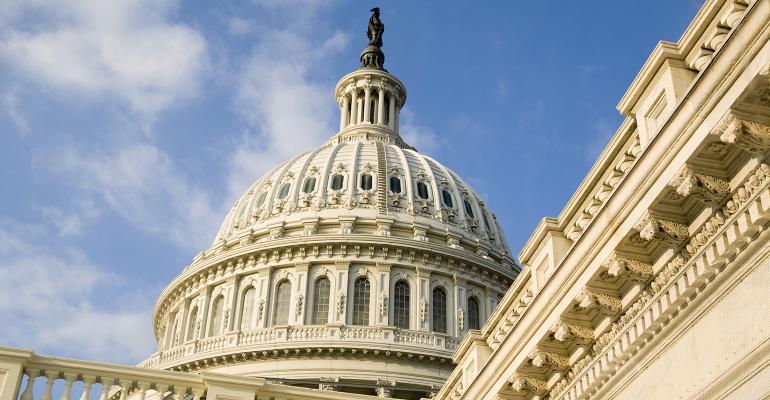More than $2.6 trillion dollars. That’s how much money was in individual retirement accounts in 2014, according to the Employee Benefit Research Institute (EBRI).1 Imagine what unlocking even a small fraction of those dollars would do for charities and the work they do in our communities.
Currently, your client can make a tax-free transfer from his IRA directly to a charity but if he wants to give to multiple charities, the process is cumbersome and involves a lot of paper.
There’s an easier way, it’s just not tax-free…yet. Congress is considering allowing people to transfer money tax-free, with some limits, from an IRA to a charitable donor-advised fund (DAF) and then to charity. Members of Congress figure that the law change would make transfers to multiple charities as easy as a few clicks. And putting money into a DAF automatically earmarks it for charity.
As for the donor side, my estate planning friends tell me that any time, they can give a client another user-friendly tool to use as part of an overall giving strategy, it’s a win-win for the client and the charities they support.
It’s been said that, “It’s the little details that are vital. Little things make big things happen.” That perfectly sums up this law change.
Political Support
Unfortunately, there are a lot of good ideas that Congress never takes up. This idea, though, has potent political support from two big sponsors—Senators John Thune (R-SD) and Ron Wyden (D-OR). Both are heavyweights among their colleagues and, if the Democrats win back the Senate after the election, and there’s an even chance, Senator Wyden will be Chairman-elect to the Senate’s all-important tax-writing committee.
Senators Thune and Wyden are championing a bill – the CHARITY Act, S. 2750 – that has six provisions including this one. Specifically it would permit IRA owners at least 70½ years old to exclude from their gross income up to $100,000 per year in distributions made directly from the IRA to DAFs. In a year when it’s hard to find comity and bipartisanship, Thune and Wyden have threaded that needle and have the backing of charities to boot.
In the halls of Congress there’s an old saying that goes if you don’t have the policy on your side, you better have the politics. The law change that Senators Thune and Wyden are talking about has both—good policy and good politics—which is why this could be the year to finally get this provision enacted.
The Naysayers
And now for the naysayers that could derail this idea. Critics have pointed to DAFs as charitable bank accounts to which money goes in but doesn’t necessarily have to quickly come out. Technically, that’s true. Owners of DAFs aren’t put on a mandatory spending plan. Practically though, the numbers tell a different story. The latest figures from the National Philanthropic Trust show that on average DAFs already pay out an eye-popping 20 percent of their account balances every year. Compare this to the long-standing bar that private foundations must meet every year of 5 percent.2
Critics also point to the growing popularity of DAFs and smell a rat. If something is so popular, there must be a loophole somewhere. Here are the statistics. In 2010, donors contributed about $9.4 billion to their DAFs. By 2014, contributions ballooned to $19.6 billion, and those figures are expected to continue growing at least at the same pace.3 Yes, they’re popular. As for the loophole, you could say that the popularity may be fueled in no small part by an immediate charitable deduction for funds put into a DAF.
But is that really a loophole? All the money in those DAFs is earmarked for charity. Charity that benefits all of us and that benefits the poorest of the poor the most. Senate Finance Chairman Orrin Hatch said recently, “Every charitable gift has one thing in common: The donor is always left worse off financially, but society is made better.”4 Calling the charitable deduction a loophole might remind you of the saying that no good deed goes unpunished.
Timing
Let’s turn to timing. Congress doesn’t come back to Washington until Nov. 14. That’s after a tumultuous election that could shift the balance of power in Congress and give us a new administration. Between the politics of the election aftermath and the big ticket items Congress has to negotiate—including whether we get another Supreme Court Justice before the end of the year—small items, like this IRA provision could happen quick and late, if at all. So keep an eye out because if we’re lucky, this little detail could make big things happen.
Thank you to Amy Takeuchi Wanlass, Esq. for contributing to this piece.
Endnotes
1. www.ebri.org/pdf/briefspdf/EBRI_IB_424.Aug16.IRAs.pdf
2. www.nptrust.org/daf-report/recent-growth.html
3. Supra note 2.
4. www.congress.gov/crec/2016/06.





